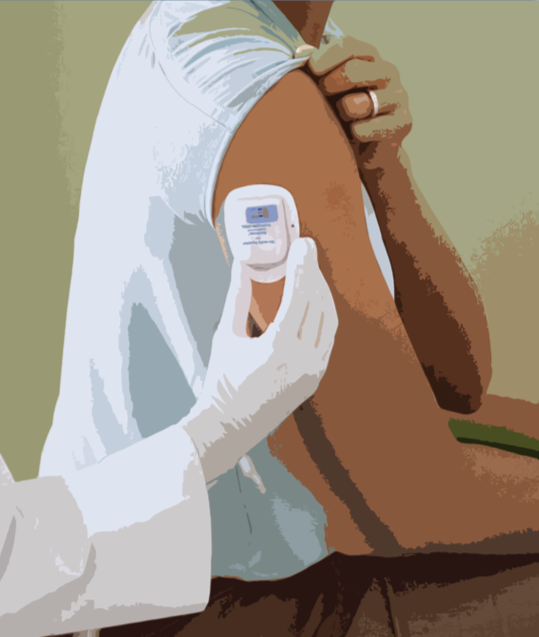

MIPS PIMSH#17 Oncology: Utilization of Prophylactic GCSF for Cancer Patients Receiving Low-Risk Chemotherapy (Inverse Measure)
New measure for 2025.
This is an inverse measure. Lower score indicates better performance.
Measure Description: Percentage of patients with cancer (solid tumors only) receiving any white cell growth factors with during the first cycle of low-risk chemotherapy.
Numerator: Patients ordered GCSF within 7 days following receipt of chemotherapy.
NUMERATOR GUIDANCE:
It is anticipated that most patients will receive GCSF treatment within the oncology office setting. However, to account for patients who require GCSF treatment administration through a specific pharmacy or outpatient facility due to insurance coverage, additional numerator guidance includes:
Patients with an order for GCSF that is administered on or within 7 days of chemotherapy administration OR
Patients ordered GCSF via outpatient prescription 7 days prior to and up to 7 days after chemo administration.
Denominator: Total number of patients with cancer (solid tumors only) receiving their first cycle of low-risk chemotherapy within the measurement period AND patient encounter during the measurement period.
DENOMINATOR NOTE: Low-risk chemotherapy is defined as any antineoplastic or immunotherapy agent (excluding hormonal treatment) where the risk of febrile neutropenia is <10%.
Denominator Exclusion: Patients on clinical trial at the time of treatment
Telehealth: Yes
Relevance to Value Based Care: ASCO guidelines recommend using white cell stimulating factors when the risk of febrile neutropenia, secondary to a recommended chemotherapy regimen, is approximately 20 percent and equally effective treatment programs that do not require white cell stimulating factors are unavailable. GCSF prophylaxis should be used for patients when there is a significant risk of developing febrile neutropenia.
ASCO states that despite the widespread use of GCSFs, their use as primary prophylaxis of febrile neutropenia in the clinical setting varies widely and is inconsistent with guidelines. In the palliative setting, dose escalation has not been demonstrated to improve outcomes or quality of life.
Scoring: New measure in its first year: 7-point floor, unless same year benchmark established then 7-10 points.
RESOURCES




